McLaren to modify "Mini-DRS" design following FIA request
McLaren must modify their 'mini-DRS' rear wing following an FIA request. The decision impacts F1 aerodynamic development and highlights regulatory challenges.
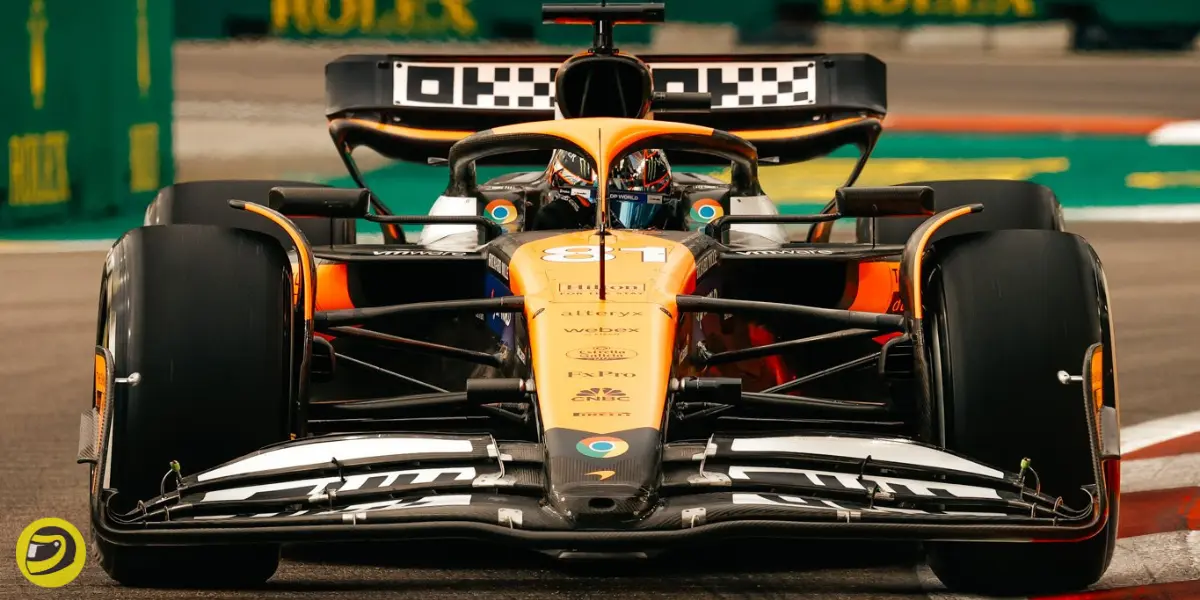
McLaren have been asked to change their controversial rear wing design by Formula 1's governing body, the FIA.
The team's 'mini-DRS' wing, which appeared to flex and open a gap during the Azerbaijan Grand Prix, has been under scrutiny from rival teams despite passing all static tests.
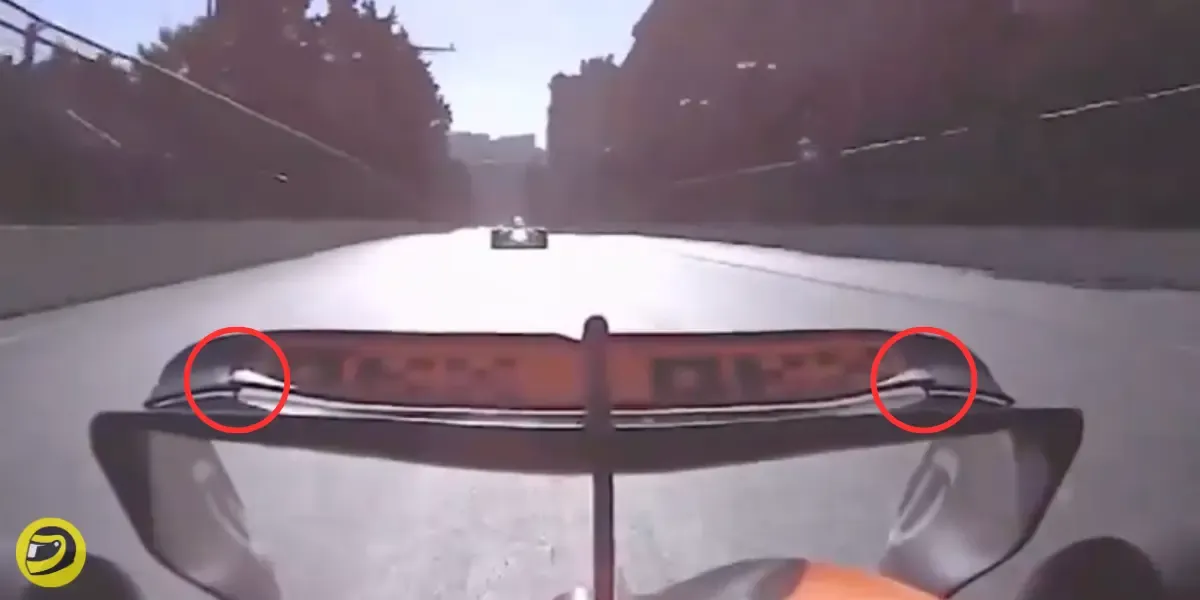
While the FIA confirmed the wing complies with current regulations, they have requested modifications to prevent the upper element from flexing during races.
Technical Regulations and Compliance
Formula 1 cars must adhere to strict technical regulations, including those governing aerodynamic components.
The FIA conducts static load tests to ensure compliance, but also considers how parts behave on track.
A long-standing technical directive (TD34) states that designs deliberately altered by "secondary parameters" such as temperature or aerodynamic load are not considered legal.
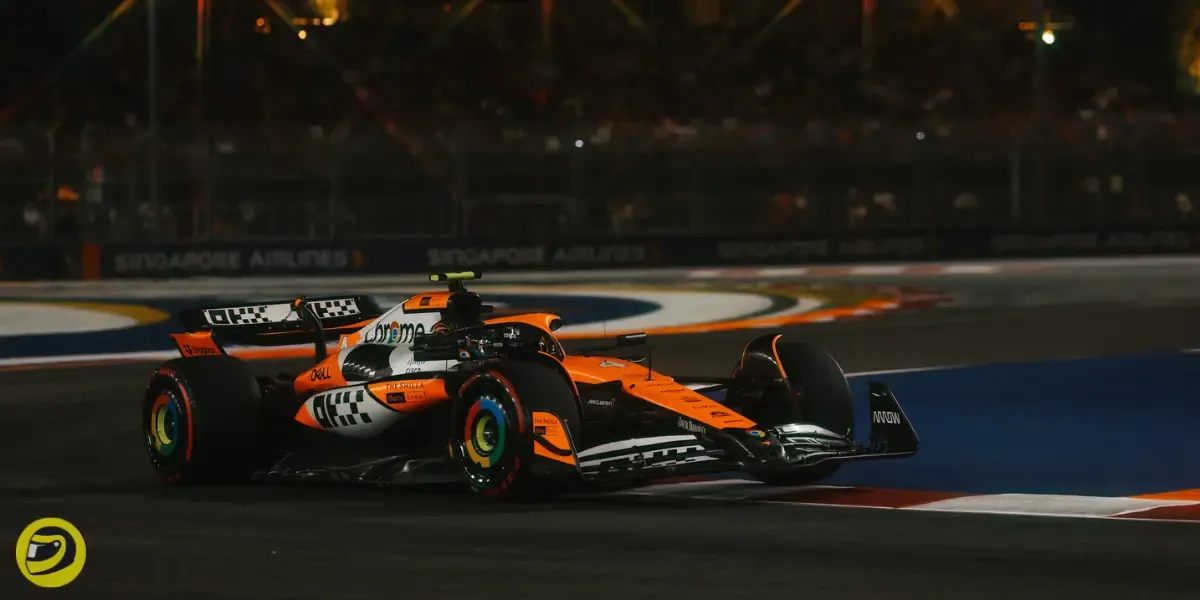
The McLaren wing passed all static tests, but its on-track behaviour has prompted the FIA's intervention.
Impact on McLaren and other Teams
McLaren will still be allowed to use their low-drag wing design on suitable circuits, but must implement changes to limit the flexing of the upper element.
This decision is likely to affect McLaren's performance on high-speed tracks where the wing design would have been most beneficial.
The ruling also has implications for other teams, potentially preventing a costly development race to exploit similar concepts.
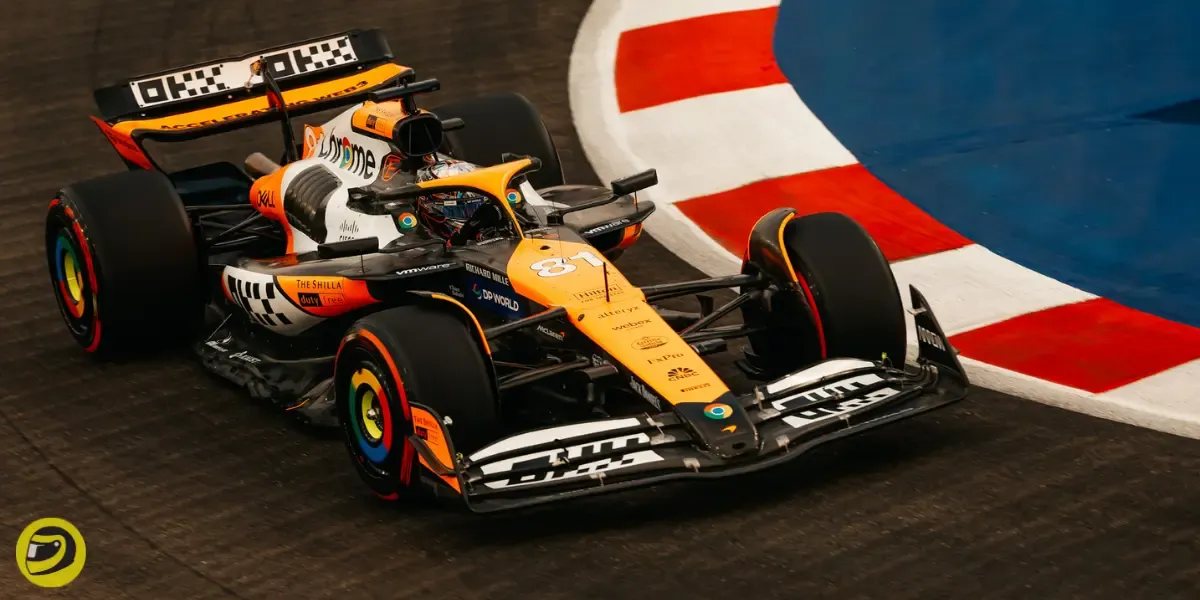
An unnamed team principal commented to Autosport: "Aero elasticity has been a factor for many years. Even if a wing passes the FIA test, the regulations are clear - the component cannot be designed to flex."
Balancing Innovation and Fairness
The controversy highlights the ongoing challenge in Formula 1 of balancing technological innovation with fair competition.
As teams continually push the boundaries of aerodynamic design, the sport's regulators must adapt to ensure a level playing field.
The FIA's decision in this case demonstrates their commitment to enforcing both the letter and the spirit of the technical regulations.
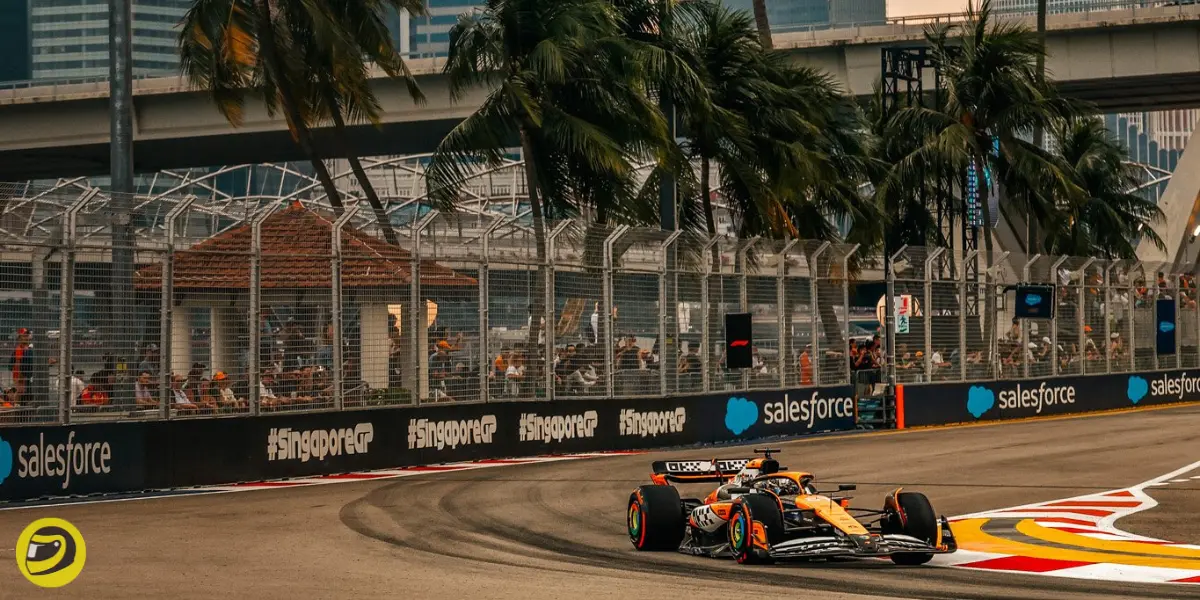
Mclaren Response
McLaren have responded to the FIA's request with a statement:
"Whilst our Baku rear wing complies with the regulations and passes all FIA deflection tests, McLaren has proactively offered to make some minor adjustments to the wing following our conversations with the FIA.
"We would also expect the FIA to have similar conversations with other teams in relation to the compliance of their rear wings."
This response suggests McLaren are willing to cooperate with the FIA while also hinting that other teams may be using similar design concepts.
The team's statement emphasizes that their wing design was compliant with current regulations, but they are open to making changes in the interest of the sport.


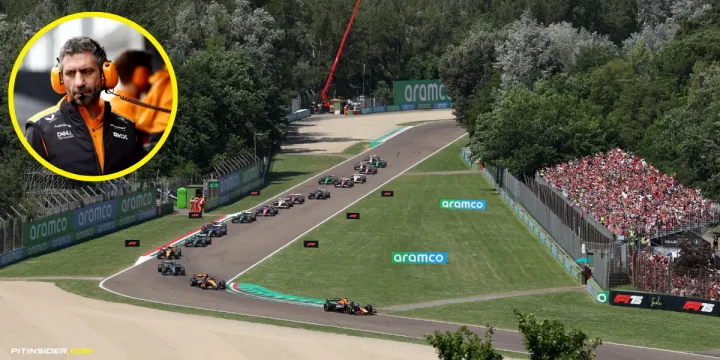
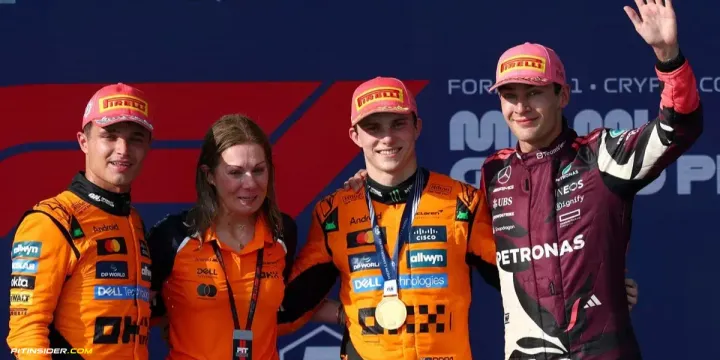
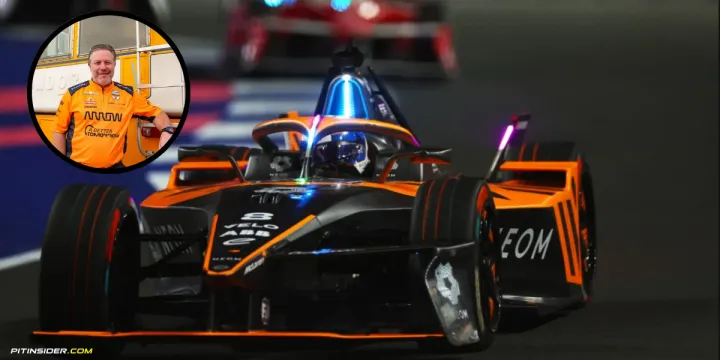
Comments ()